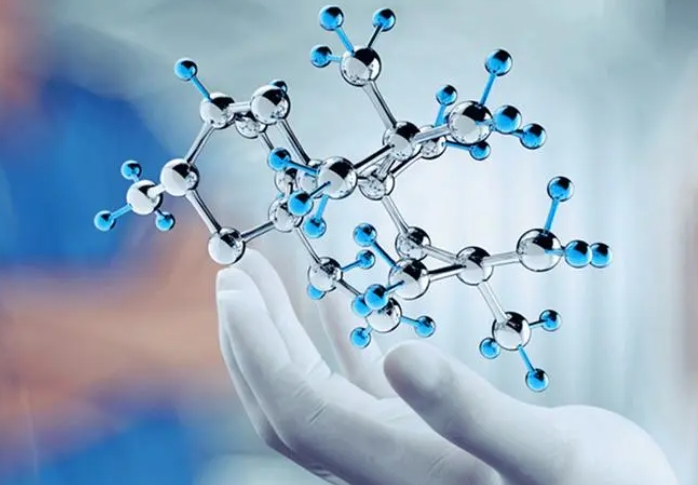|
| The difference between pharmaceutical intermediates and active pharmaceutical ingredients |
 |
Pharmaceutical intermediates and active pharmaceutical ingredients play different roles in the chemical pharmaceutical industry, and the specific differences between the two are as follows:
Different definitions. Pharmaceutical intermediates are chemical raw materials or products generated during the production process, and are key components used in the synthesis of active pharmaceutical ingredients; Active Pharmaceutical Ingredient (API) is the active ingredient of a drug, which is a product that completes the synthesis pathway and can be directly used in pharmaceuticals.
Different uses. Medical intermediates can only be used to synthesize the next step of the product and are intermediate products in the process of synthesizing raw materials; Active pharmaceutical ingredients can be directly used in the production of formulations, that is, directly used in the production of drugs.
Different production requirements. The production of active pharmaceutical ingredients requires obtaining a drug production license and being carried out under conditions that comply with GMP (Good Manufacturing Practice); Pharmaceutical intermediates do not require a production license and can be produced in ordinary chemical plants. As long as they meet certain quality standards, they can be used for the synthesis of active pharmaceutical ingredients.
Regulatory differences. In terms of pharmaceutical management, active pharmaceutical ingredients need to apply for registration and approval from the drug regulatory authorities in accordance with the law; Medical intermediates do not require a registration number, but the FDA requires intermediates to be registered.
In short, pharmaceutical intermediates are intermediate products in the synthesis process of active pharmaceutical ingredients, which are the final active ingredients and can be directly used in drug production.
|
| |
|